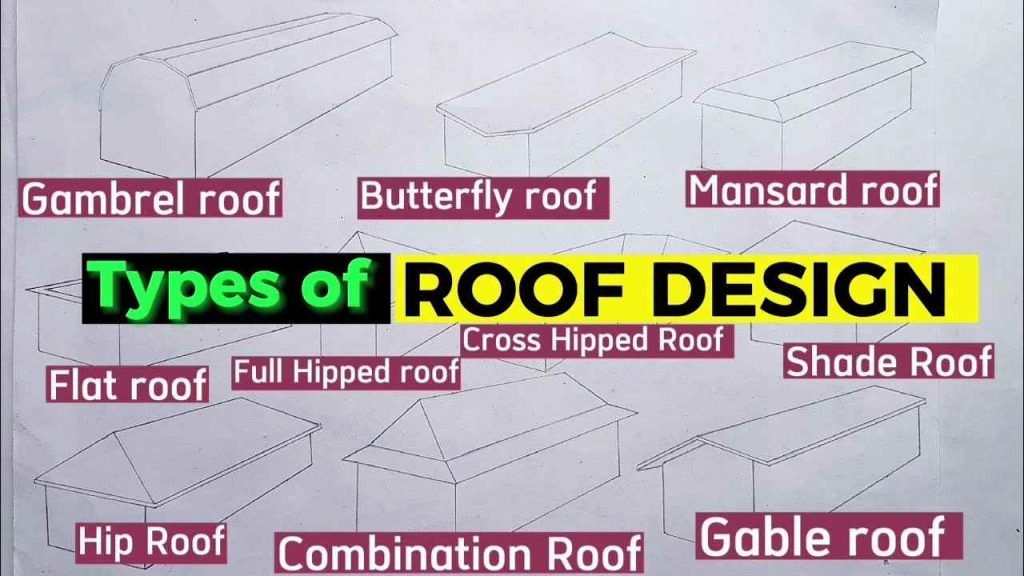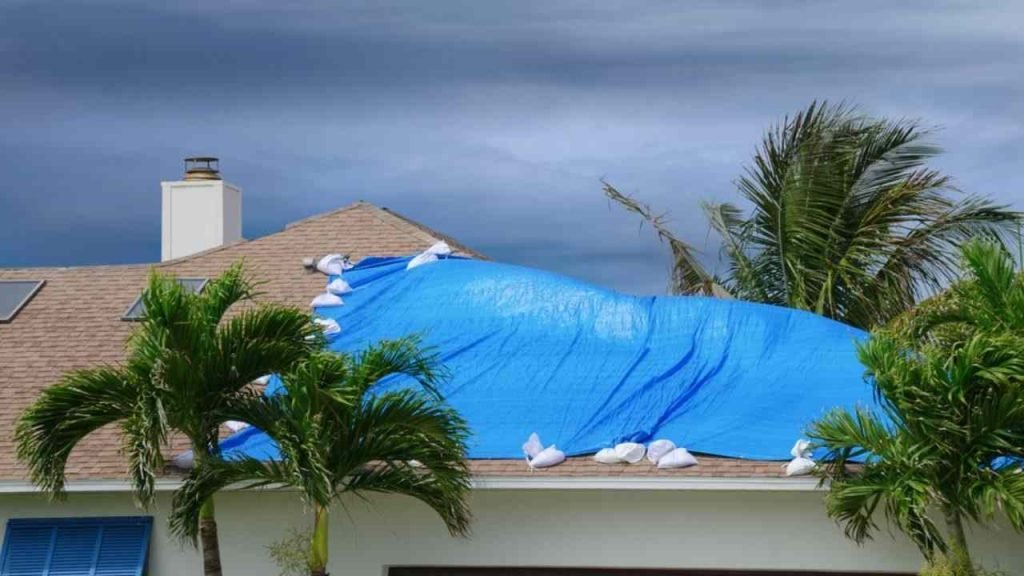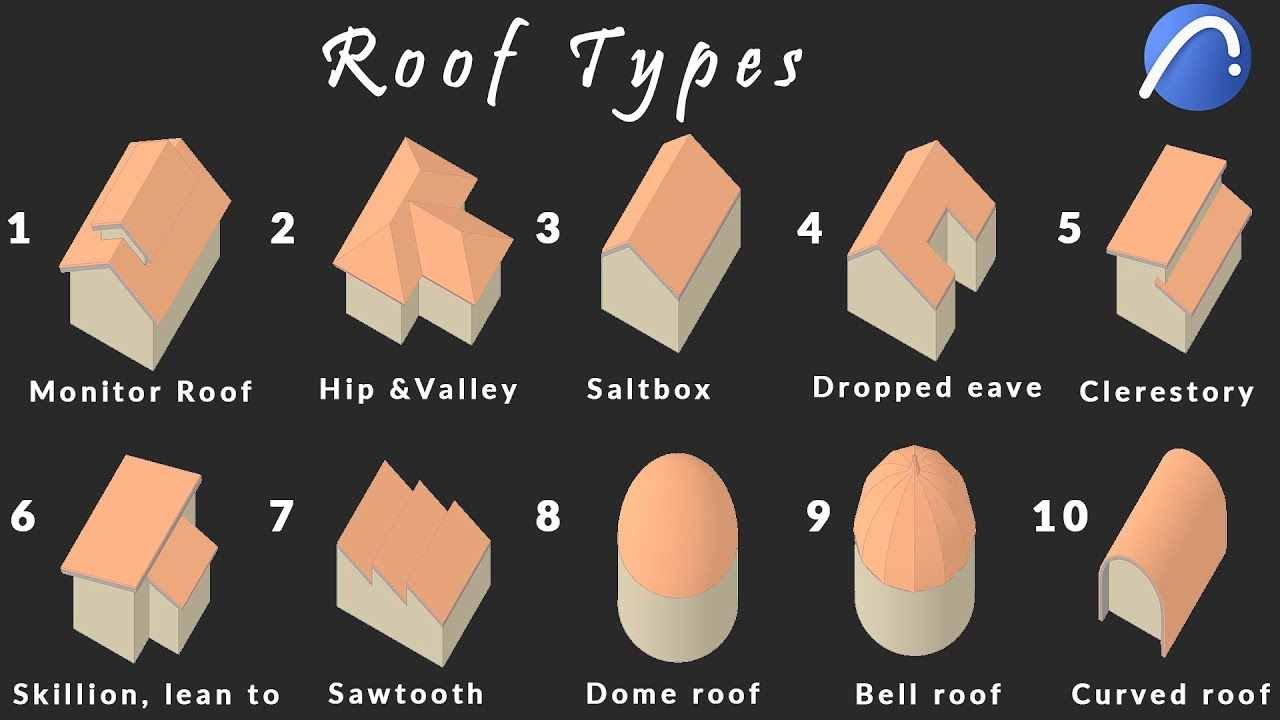When it comes to choosing the best type of roof for your home in Texas, it’s essential to consider various factors that can withstand the state’s diverse climate and weather conditions. From scorching summers to occasional severe storms, Texas experiences a range of weather challenges that can impact the durability and longevity of your roof. In this guide, we will delve into the factors that influence the best type of roof for Texas homes with the help of Ethandyman Service, helping homeowners make informed decisions that balance aesthetics with durability and weather resistance.

Roofing services in Texas are influenced by several crucial factors like material durability, energy efficiency, resistance to wind and hail damage, and adherence to local building codes. These considerations collectively determine the ideal roofing type for homes in the region. By understanding these factors, homeowners can confidently choose roofing materials that enhance the aesthetics of their home while ensuring reliable protection and performance against the diverse environmental elements found in Texas.
Material Durability for Texas Weather
Choosing roofing materials with high durability is crucial in Texas due to its varying weather conditions. Materials like asphalt shingles, metal roofing, clay or concrete tiles, and synthetic roofing options offer excellent durability against heat, UV exposure, and moisture. Consider factors such as material lifespan, resistance to cracking or warping, and ability to withstand temperature fluctuations when selecting roofing materials for Texas homes.
Energy Efficiency Considerations
Energy-efficient roofing materials can help homeowners in Texas save on cooling costs, especially during hot summers. Options such as cool roofs, reflective coatings, and insulated roofing systems can reduce heat absorption and improve thermal performance. Look for Energy Star rated materials and consult with roofing professionals to determine the best energy-efficient solutions that align with your home’s design and climate needs.
Resistance to Wind Damage
Texas is prone to severe wind events, making wind-resistant roofing crucial for protecting homes. Choose roofing materials with high wind ratings and proper installation techniques to withstand strong winds. Factors such as roofing material weight, fastening methods, and wind uplift ratings should be considered to ensure the roof’s resilience against wind damage.

Hail Damage Protection
Hailstorms are common in Texas, posing a significant threat to roofs. Opt for roofing materials with a Class 4 impact resistance rating, such as impact-resistant shingles or metal roofing. These materials are designed to withstand hail impact without significant damage, reducing the need for frequent repairs or replacements due to hail-related issues.
Adherence to Local Building Codes
Compliance with local building codes is essential when installing or replacing a roof in Texas. Each region may have specific requirements regarding roofing materials, installation methods, fire ratings, and wind resistance. Working with licensed roofing contractors familiar with local building codes ensures that your roof meets all regulatory standards and passes inspections without issues.
Impact of Climate on Roofing Choices
The unique climate of Texas, characterized by hot summers, occasional storms, and high humidity, influences roofing choices. Consider how different roofing materials perform in extreme heat, humidity levels, and heavy rainfall. Seek roofing materials that can withstand Texas’ climate challenges while providing long-term durability and performance.
Longevity and Maintenance Needs
Investing in a roof with a long lifespan and minimal maintenance requirements is beneficial for Texas homeowners. Choose materials known for their longevity, such as metal roofing with a lifespan of 50+ years or durable asphalt shingles. Regular maintenance, including roof inspections, gutter cleaning, and minor repairs, can extend the roof’s lifespan and prevent costly issues.
Aesthetics and Design Options
Beyond functionality, consider the aesthetic appeal and design options of roofing materials. Texas homeowners can choose from a wide range of colors, styles, and textures to complement their home’s architecture and enhance curb appeal. Whether opting for traditional asphalt shingles, elegant clay tiles, or modern metal roofing, selecting a roofing material that enhances the overall look of your home adds value and visual appeal.
Cost-Effectiveness in the Long Run
While upfront costs are important, considering the long-term cost-effectiveness of roofing materials is equally crucial. Factor in durability, maintenance needs, energy efficiency, and potential insurance savings when evaluating the overall cost-effectiveness of different roofing options. Investing in high-quality, durable materials may have higher upfront costs but can save money in the long run by reducing maintenance and replacement expenses.
Professional Installation Importance
The quality of installation significantly impacts the performance and longevity of a roof. Hiring experienced and reputable roofing contractors ensures proper installation techniques, adherence to building codes, and manufacturer warranties. Professional roofers have the expertise, tools, and training to handle complex roofing projects and deliver superior results, enhancing the overall durability and reliability of your roof.
Eco-Friendly Roofing Options
Consider eco-friendly roofing materials that contribute to sustainability and energy efficiency. Options such as recycled shingles, metal roofing with high recycled content, and green roofing systems promote environmental responsibility while offering durability and performance benefits. Evaluate the environmental impact, energy savings, and potential LEED certification opportunities when exploring eco-friendly roofing choices for your Texas home.
Conclusion
In conclusion, choosing the best roofing option for your Texas home involves a careful consideration of various factors such as material durability, energy efficiency, resistance to wind and hail damage, adherence to local building codes, and climate suitability. Balancing these factors ensures that your roof not only enhances the aesthetics of your home but also provides reliable protection and long-term performance against the state’s diverse weather conditions. Investing in a high-quality roof and ensuring professional installation by experienced contractors are crucial steps in safeguarding your home and maximizing the value of your roofing investment. By making informed decisions based on these considerations, homeowners can enjoy a durable, energy-efficient, and aesthetically pleasing roof that withstands the challenges of Texas’ environmental elements.
FAQs
What are the best roofing materials for Texas weather?
Consider durable options like asphalt shingles, metal roofing, clay or concrete tiles, and synthetic materials.
These materials offer resilience against heat, UV exposure, moisture, and wind common in Texas.
How can I ensure energy efficiency in my roofing choice?
Choose energy-efficient materials like cool roofs, reflective coatings, and insulated systems.
Look for Energy Star rated products and consult with professionals for optimal energy-saving solutions.
What impact does wind have on roofing in Texas?
Texas experiences strong winds, so opt for wind-resistant roofing materials with high wind ratings.
Proper installation techniques and secure fastening methods are crucial to withstand wind damage.
Are there specific roofing options to protect against hail damage?
Class 4 impact-resistant materials like impact-resistant shingles or metal roofing offer protection against hail.
These materials minimize damage and reduce the need for frequent repairs due to hailstorms.
Why is professional installation important for roofing projects?
Experienced contractors ensure proper installation techniques, adherence to building codes, and manufacturer warranties.
Professional installation enhances roof performance, longevity, and durability, providing peace of mind for homeowners.






Recent Comments